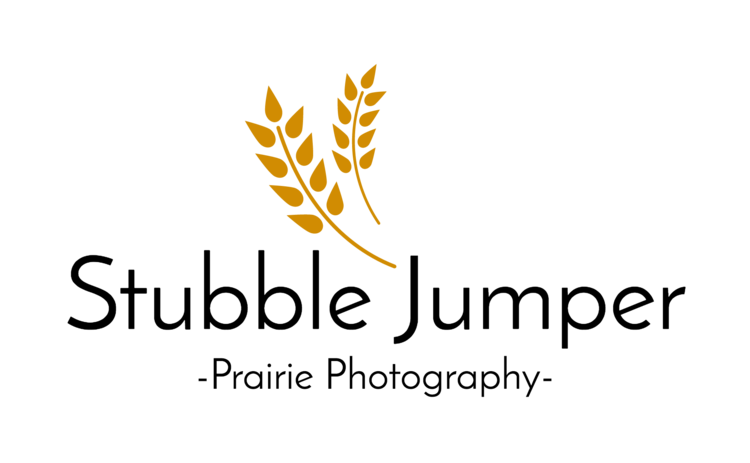Francis Kingsbury opened the Kingsbury post office in 1904. It was located in his home, one and a half miles south of the hamlet of Kingman, where he lived with his father (a widower) and two brothers. In 1909 the post office was moved into Kingman. As there was another post office in the province called Kingsbury, the post office changed its name to Kingman to avoid confusion with mail delivery.
Lots in Kingman went onto the market October 19, 1909, at 10:00 am. In short time, Kingman had two general stores to serve the new residents. The first was owned by Taje & Olson Company of Bawlf. The second, directly across Main Street, was occupied by A. Horte and Sons (later becoming the International Store). In February 1910 the first passenger train on the Tofield-Calgary branch of the Grand Trunk Pacific railroad stopped at the Kingman railway station.
During its first years, Kingman experienced extensive growth. The community laid claim to a doctor's office, a real estate office, a dressmaker, a grain buyer, a farm machinery warehouse, and a restaurant, where a full course meal was had for 35¢, or coffee and pie for 10¢.
The construction of a Hogg & Lytle grain elevator began in July of 1916. The 40,000 bushel elevator was ready for business in August of that year. In September of 1926, the Home Grain company purchased the elevator, continuing operation until it was acquired by Searle Grain Company in the spring of 1929. 1940 saw an annex added. Sometime in the early 1970's Searle sold the elevator to the Federal Grain Company, who in turn, sold it to the Alberta Wheat Pool a few years later. The elevator was dismantled in about 1975.
A United Grain Growers (UGG) elevator, with a 35,000 bushel capacity, was completed and ready to handle grain for the 1922 harvest. During its first year of operation, the UGG handled 60,000 bushels. Kingman's UGG elevator was demolished in March 1976.
Kingman's Alberta Wheat Pool grain elevator was built in 1928 with a 40 000 bushel capacity. Two 15 000 bushel annexes were added in 1941.
By the 1960s things in Kingman began to slow down; businesses closed and people moved away. In the mid-1960s rail service was discontinued; the tracks removed in 1978. In the late 60's the train station was relocated to Dodds where it was used as a dwelling. Sadly, it burnt down a few years later. The International store was the last remaining general store in Kingman, closing its' doors in 1971.
On February 15, 1977, the last grain elevator in Kingman was moved to a private farm. It took ten days of preparations and loading to ready the 200-ton structure for transport. It was transported with a modified former WWII tank carrier. The 8 mile move took six and a half hours.
Today Kingman has a school, post office (in the former International store building), museum, community hall, and an outdoor skating rink. Kingman celebrates its Scandinavian roots with an annual Lutefisk Supper. The 2017 supper saw a turnout of over 400 people.
Some noteworthy dates in Kingman's history:
1911- Prospering with a population of 87
1912- Telephone service began
1912- Kingman's first school opened
1913- Pool hall built
1914- A. Horte and sons opened their second store
1917- Yngve Johnson bought the first tractor in the area
1919- In May fire destroyed the post office, telephone exchange, a store, and a building used by Camrose Central Creamery
1922- Garage opened
1922- Small cyclone hit the village damaging some of the buildings
1922- Barbershop opened
1923- April 11, 9:45 pm - fire destroyed the livery stable
1927- Kingman hall built. First dance held in January, 1928.
1928- Cafe built on the site of Horte & Sons store that was destroyed by fire.
1930- Manning -Sutherland Lumber Company sold to Beaver Lumber Company
1932- Progress Lumber Company builds hardware store adjoining the lumberyard
1947- A New school built
1967- Population 100 (approx.)
1988- Kingman School burned down
2006- Population 87
2011- Population 90
2016- Population 103 – and growing



